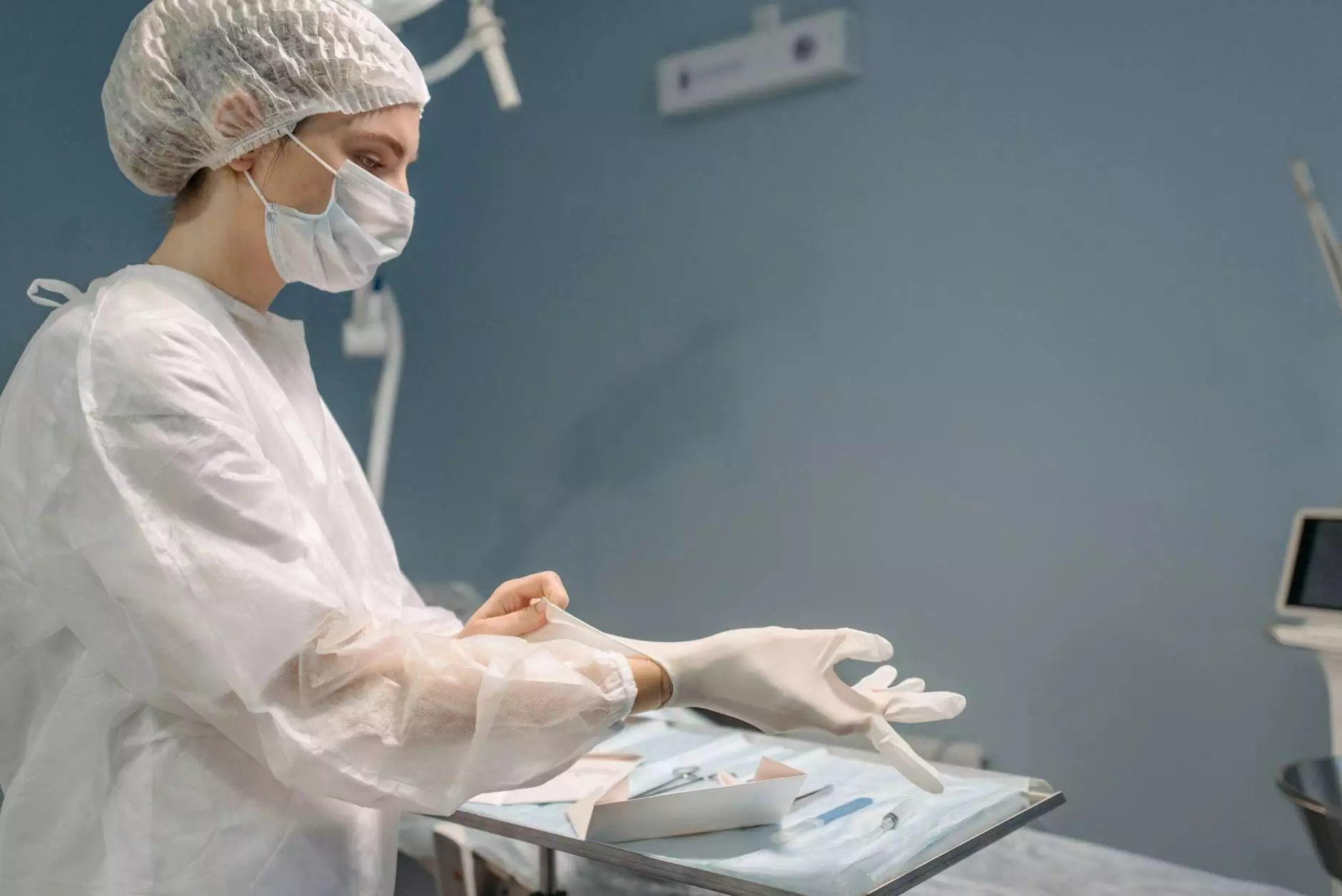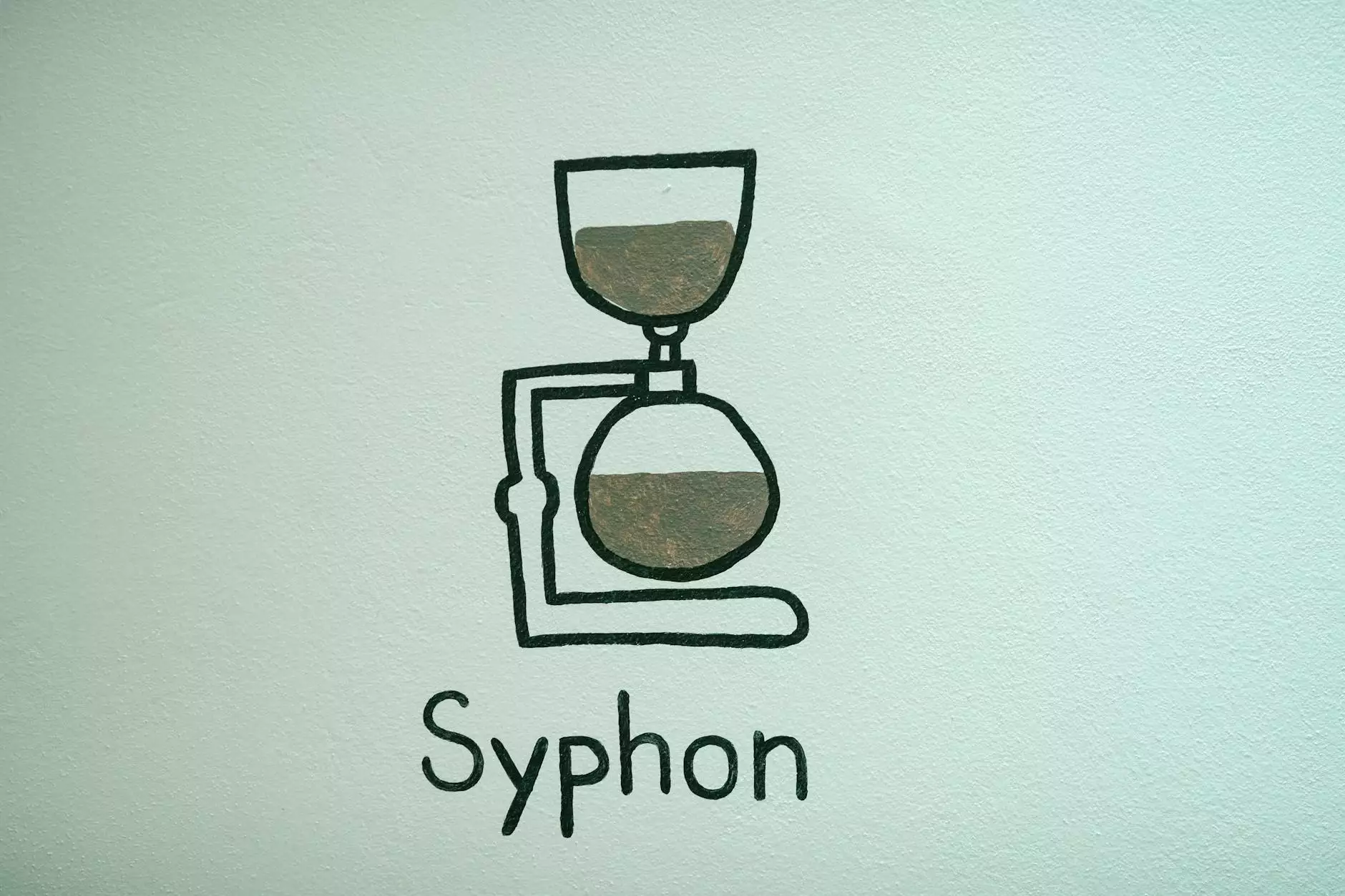Understanding Hystero Salpingo Oophorectomy: A Comprehensive Guide

When it comes to women's health, there are critical surgical interventions that provide relief from various medical conditions. One such procedure is hystero salpingo oophorectomy, a term that may seem daunting at first, but understanding its components can demystify the process. This article will delve into what this procedure entails, its indications, the surgical process, recovery, and its crucial role in women’s health.
What is Hystero Salpingo Oophorectomy?
The term hystero salpingo oophorectomy is derived from Greek and Latin origins and encompasses three significant components:
- Hystero-: Referring to the uterus
- Salpingo-: Pertaining to the fallopian tubes
- Oophorectomy: The surgical removal of one or both ovaries
Therefore, a hystero salpingo oophorectomy involves the surgical removal of the uterus, fallopian tubes, and ovaries, and is often performed to address various gynecological conditions.
Indications for Surgery
There are several medical conditions and situations that can lead a healthcare provider to recommend a hystero salpingo oophorectomy. Some common indications include:
- Uterine Fibroids: Noncancerous growths of the uterus that can cause heavy bleeding, pain, and other complications.
- Endometriosis: A painful condition where tissue similar to the lining inside the uterus grows outside the uterus.
- Cancers: Such as ovarian, uterine, or cervical cancer may necessitate this procedure as a part of the treatment plan.
- Chronic Pelvic Pain: In cases where the pain is attributed to specific reproductive organs and other treatments have failed.
- Genetic Risk Factors: Women with BRCA mutations or other high-risk conditions for ovarian or breast cancer may choose this procedure as a preventive measure.
Preparing for the Procedure
Preparation for a hystero salpingo oophorectomy is crucial for ensuring the best outcomes. Here are some essential steps:
- Consultation: A thorough discussion with your gynecologist regarding the reasons for the surgery, the procedure itself, benefits, and risks.
- Pre-Surgical Testing: Blood tests, imaging studies, and possibly a physical examination to assess overall health.
- Medication Review: Informing the doctor about all medications, including over-the-counter drugs and supplements.
- Plan for Recovery: Arranging for post-surgery care and assistance at home, as well as understanding the timeline for recovery.
The Surgical Procedure
The actual hystero salpingo oophorectomy can be performed through various techniques, primarily categorized into:
- Abdominal Approach: An open surgery where a larger incision is made in the abdomen to access the organs.
- Laparoscopic Approach: A minimally invasive technique using small incisions and the guidance of a camera to perform the surgery.
Each technique has its benefits and potential risks, which your healthcare provider will explain in detail prior to the surgery.
Steps Involved in the Procedure
Regardless of the method, the surgery generally follows these steps:
- The patient is given anesthesia for comfort during the procedure.
- The surgeon makes the necessary incisions, either abdominally or laparoscopically.
- The uterus, fallopian tubes, and ovaries are carefully removed.
- The surgeon checks for any bleeding or complications before closing the incisions.
- Sutures or staples are applied, and the patient is monitored during the recovery phase.
Post-Surgery Recovery
Recovery after a hystero salpingo oophorectomy can vary based on the surgical method used.
Hospital Stay
Patients may stay in the hospital for a day or two post-surgery, especially if the surgery was extensive or if there were any complications. Monitoring will focus on:
- Pain management
- Observation for signs of infection
- Assessment of vital signs
At Home Care
Once discharged, a proper care routine is essential. Patients may experience:
- Pain and Discomfort: Mild to moderate pain is typical, which can be managed with prescribed medications.
- Activity Restrictions: It’s vital to avoid strenuous activities and heavy lifting during the initial recovery period.
- Follow-up Appointments: Regular check-ups with your ob-gyn are crucial to monitor recovery progress.
Long-Term Considerations
Undergoing a hystero salpingo oophorectomy has significant long-term implications, especially concerning hormone production and fertility. Here are some aspects to consider:
- Hormonal Changes: The removal of the ovaries leads to a decrease in hormones like estrogen and progesterone, potentially resulting in menopausal symptoms.
- Menopause: Surgical menopause can occur immediately if both ovaries are removed, leading to symptoms like hot flashes, mood changes, and vaginal dryness.
- Fertility: This procedure will eliminate future fertility options as it involves the removal of reproductive organs.
- Emotional Health: It’s common for women to experience a range of emotions post-surgery; support groups and counseling may be helpful.
Conclusion
The hystero salpingo oophorectomy is a significant surgical procedure that plays a crucial role in managing and preventing serious gynecological conditions. Understanding the indications, preparation, surgical options, and recovery process is paramount for women considering or facing this surgery.
At drseckin.com, we are dedicated to providing valuable information and expert care regarding women's health issues, ensuring that our patients are well-informed and supported throughout their journey. If you have further questions about this procedure or wish to discuss your options with a qualified professional, please do not hesitate to reach out to us.









